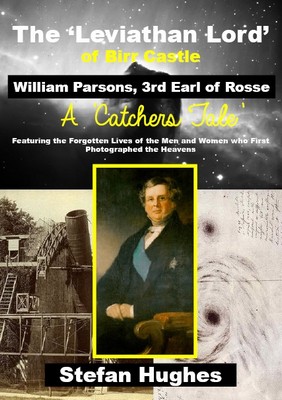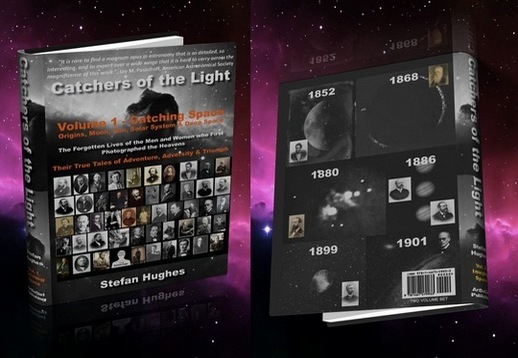'Truth Is Stranger Than Fiction'
The British television drama – ‘Downton Abbey’ is one of the most popular series ever produced and has a worldwide following of millions of viewers, glued to their TVs, DVD players, PCs, Laptops and iPads eagerly awaiting the latest exploits of its characters – with their tales of love, death, war and the like, yet it is still a work of fiction or is it?
Is there a real ‘Downton’? - with as much drama or even more? Yes there is. The great American writer Mark Twain once wrote ‘truth is stranger than fiction, but it is because Fiction is obliged to stick to possibilities; Truth isn't’ – and so it is with ‘Downton’.
Let us tell the story in brief of ‘The Leviathan Lord of Birr Castle’ – a True Tale of a Real DOWNTON ABBEY - all set amid a fairy tale Irish Castle.
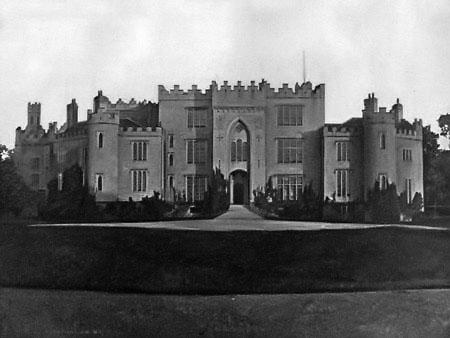
The Story So Far...
It is1836 - William Parsons, born of an ancient Irish line, had the duty and obligation to preserve it - firstly by providing a male heir and not least to obtain the not inconsiderable monies necessary to maintain, and if possible add to the family’s landed estates. This he achieved in the time honoured fashion of marrying a rich heiress; preferably one whose father was dead (or soon to be), and thus gaining immediate control of her wealth. The question of love did not warrant even the slightest consideration.”
Sound familiar?
The Cast:
Laurence Parsons - 2nd Earl of Rosse
The current Earl, anxious that his eldest son should marry well, and continue the ancestral line with sufficient funds to maintain its great castle, its lands and all the other houses possessed by the family. Yet he was worried, his heir was now in his mid-thirties and unmarried; and he was approaching eighty years old – and might not live for much longer. His second son was also unmarried, and his third son was already dead. His two daughters were also approaching the status of unwed maids – he was deeply troubled!
Alice Lloyd, 2nd Countess of Rosse
His countess, born of a ‘good and respectable’ family was also anxious about the marital status of her four surviving children. What could she do? – But to turn to England the place of her son’s birth, for a suitable bride and definitely one with a very large inheritance!
William Parsons, Lord Oxmantown – eldest son & heir apparent
He like his father was troubled not by the thought of marriage, but by more heavenly pursuits and in particular how to build a great telescope to ’afford us some insight into the construction of the material universe’. However, he was down to Earth enough to realise that his ambitions and those of his father had one important thing in common – the need for money and lots of it!
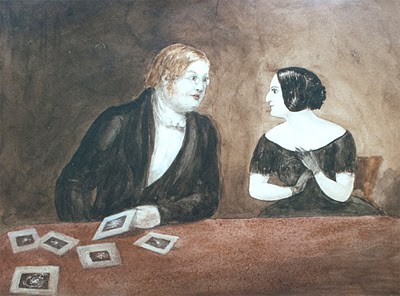
Laurence Parsons, 2nd Son
He was the ‘spare’ just in case his brother died and cold not inherit. He had to marry well too!
John Wilmer Field, Lord of the Manor
Born into a landowning family and a former Royal Horse Guards Officer, who owned a large swathe of Yorkshire and a house to match, he was looking out for suitable husbands for his two young daughters.
Mary Field, eldest daughter and co-heiress
Her inheritance was valued in the tens of millions of pounds in today’s money and included the valuable Manors of Heaton and Shipley, and the family home and farms. She was an ideal bride for William Parsons, but would he grow to love her? They married on the 14th April 1836 at the Parish Church of St. George’s Hanover Square in one of London’s wealthiest areas.
Delia Field, youngest daughter and co-heiress
She too was in search of a suitable husband to take control of her millions – would Laurence Parsons, the Earl’s second son be the one – or would her father find her someone better? – Perhaps the son of an already wealthy English Baron, destined for an illustrious career in the Navy.
Future Episodes
Death of the Earl, a Dowager Countess, Inheritance, a Great Love Affair; Nine Great Tragedies; an elopement to Gretna Green; Unlocking the Secrets of the Universe; a Great Potato Famine; a future Earl goes to the First World War; a murder at the races; and much much more – all set against the backdrop of a fairy tale castle in Ireland. AND ALL TRUE!
Watch This Blog!
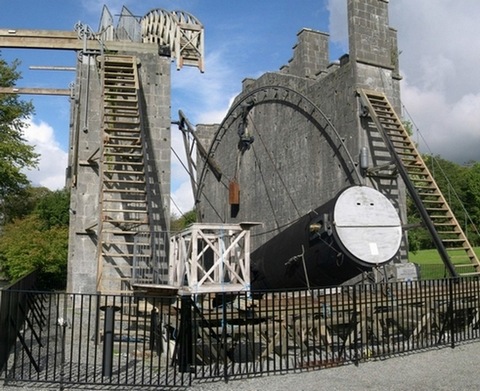
Want to read more 'True Tales of Adventure, Adversity & Triumph': Read Our Other Posts or Go Here
